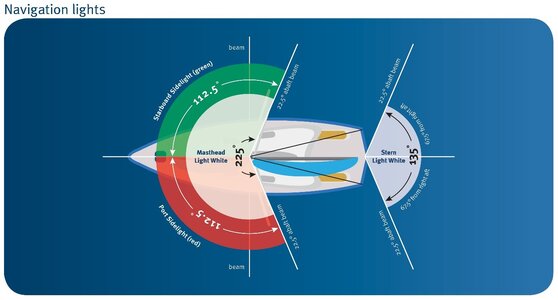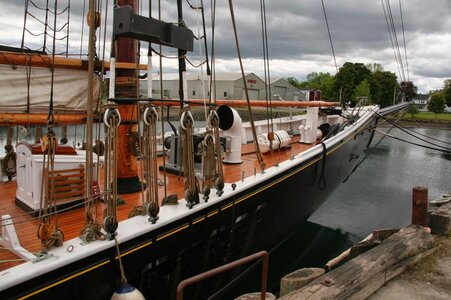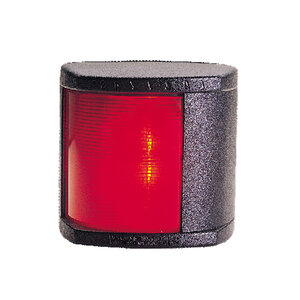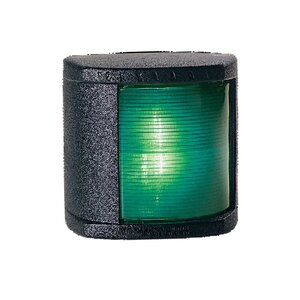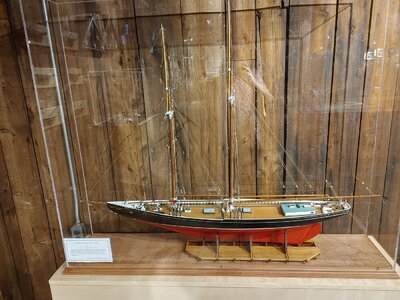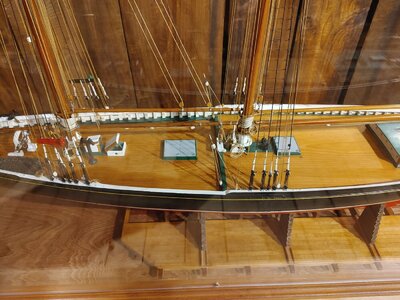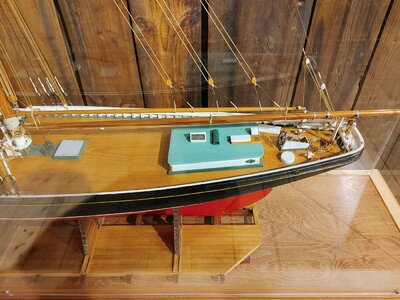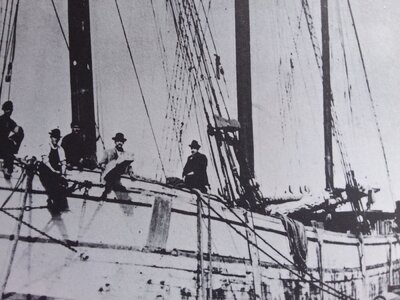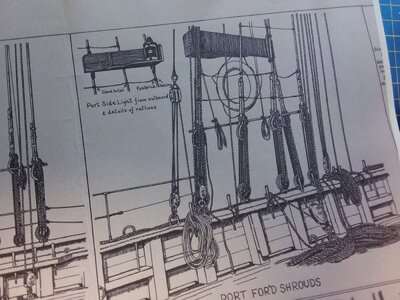I have a question which is unlikely to be found in the YQ schooner. . . In standard practice there were running lights/boards on the forward ratline shrouds: Green - Stbd and Red - Port. I have seen only one model photo which showed the entire outboard faces of the boards and lantern fully painted in the corresponding color. Old b/w photos are typically of the back side and look black. I am questioning if the outboard faces would be red or green which would not show up well at dusk and not at night compared to a white outboard face which would reflect the lantern pretty well. Does anyone have a verifiable reference on the outboard color of the running light boards?
Rich (PT-2)
Rich (PT-2)




